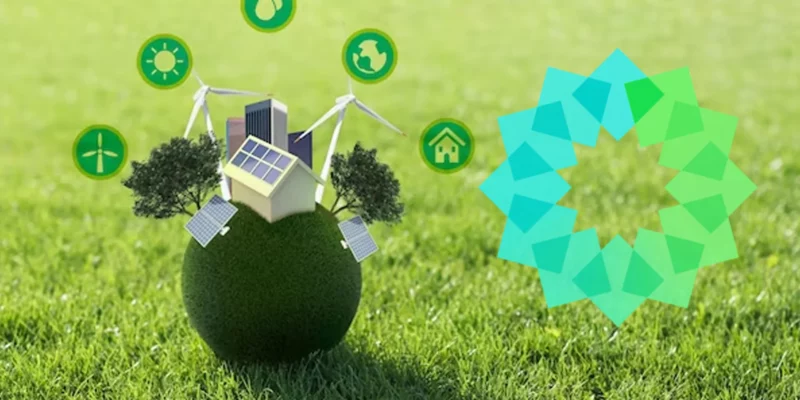- Power ledger Chain is a new generation of blockchain-based energy technology that has the potential to rethink energy while offering several features.
- This chain was developed by one of the pioneers in the energy sector, who now strives to provide high throughput at a low cost.
Power ledger has the potential to revolutionize the energy industry via blockchain integration. New technologies are being introduced every day, and in this race to be the best, every network wants to build something new that could transform or disrupt the traditional or previous on-chain mechanism. Some of them can provide this with efficiency and scalability, but there are still some blockchains that provide so many features but result in high power consumption. This could make network transactions more costly and less eco-friendly.
What is the Power ledger Chain?
With the inception of Powerledger’s cutting-edge blockchain, several issues are anticipated to be tackled, such as intricate issues relevant to sustainable energy’s integration into existing power grids. This technology has been tailored to overcome the limitations of existing technologies with energy issues. This technology has marked a significant milestone in the world of decentralization as well. Its advancement led it to be a third-generation blockchain that’s an early innovator in the energy sector and integrates the benefits of Web3. This network aims to build empowered, scalable decentralized applications (dApps), which are poised to process many transactions efficiently with a high throughput of thousands of transactions per second at a comparatively lower cost.
Unique Cases of Power Ledger
Power Ledger is considered an ideal platform that supports the development of green and affordable energy solutions with certain offerings for a brighter future. This chain is changeable and backed by the Solana blockchain, which uses the consensus of proof-of-history (PoH) and proof-of-stake (PoS) algorithms to provide high scalability and deliver high throughput while being more energy-efficient than existing blockchains with a proof-of-work (PoV) consensus mechanism.
This technology is remarkable with its offering of features that provide a vast range of solutions in terms of traceability and energy trading, along with training related to environmental commodities. Still, this network is at an early stage of implementation in several countries, such as the United States, Australia, and India, as well as in other European and Asian countries. The chain also aims to address various limitations associated with centralization by initiating a distributed energy system to battle the issues of a conventionally centralized approach.
Power Ledger’s Uncommon Approach
This technology stands out by developing a blockchain that supports a trading platform with sustainable energy. This project is already in its implementation stage across a dozen countries with more than 30 projects. Its previous approach utilized an escrow model that utilized customer-held POWR tokens to gain application access. This model has been replaced by the “transaction fee model”. The transaction fee model works across two tiers layer Layer-1 blockchain level and application level. At the L1 blockchain level, the fee structure corresponds to the Solana blockchain’s fee structure, where the basic transfer cost is just 0.000005 of its native token (POWR). Each application based on the Powerledger chain possesses the flexibility to apply its own distinct fee structure.
Conclusion
This blockchain is already in its testing stage to run this technology within a permissioned environment. However, its development team is still confident about the technological approach and offerings of this chain, which will be implemented in several countries. There is also the Sparkz token, which served as a unit of account in its early stages of development. This chain has vast potential to revolutionize existing methods by substituting traditional methods with an energy-efficient approach.


Comments